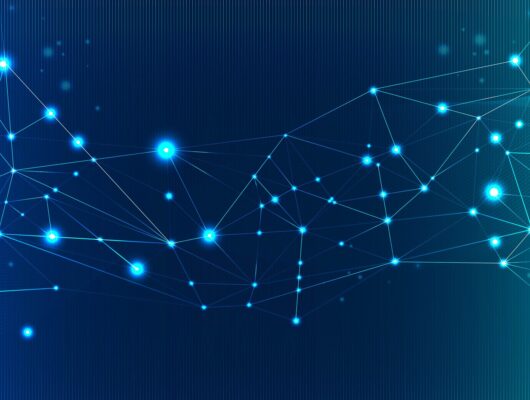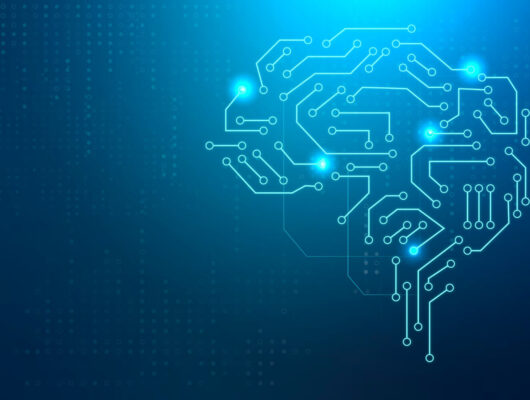Reinforcement learning (RL) is a branch of machine learning that focuses on training an agent to make decisions based on the feedback it receives from the environment. The feedback is usually in the form of rewards or penalties, which the agent learns to optimize over time. While RL has been highly successful in many areas, there is increasing interest in extending the framework to humans.
Human reinforcement learning models seek to explain how people learn from rewards and punishments and how they use this information to make decisions. The approach is based on the idea that humans, like other animals, are capable of adapting their behavior to the changing demands of their environment.
There are several important features of human reinforcement learning models. Firstly, these models typically assume that people learn by trial and error. That is, they try different actions and observe the consequences of those actions. If the consequences are positive, they are more likely to repeat that action in the future. If the consequences are negative, they are less likely to repeat the action.
Secondly, human reinforcement learning models assume that people are motivated to maximize their rewards. In other words, people are not just learning for the sake of learning, but rather because they want to achieve some goal or outcome. This goal might be as simple as getting a high score on a video game or as complex as making a difficult life decision.
Finally, human reinforcement learning models take into account the fact that people can have different preferences and goals. For example, one person might be motivated by the desire to win a competition, while another might be motivated by the desire to learn a new skill. This means that the optimal actions for one person might not be the same as the optimal actions for another person.
So how do we apply human reinforcement learning models in practice? One approach is to use these models to understand how people make decisions in various settings, such as education, healthcare, or economics. For example, researchers might use a human reinforcement learning model to study how students learn in a classroom setting. By understanding how students learn and what motivates them, educators can design more effective teaching strategies.
Another approach is to use human reinforcement learning models to develop personalized interventions. For example, a healthcare provider might use a reinforcement learning model to design a treatment plan that is tailored to a patient’s individual needs and preferences. By taking into account the patient’s goals and motivations, the provider can create a plan that is more likely to be successful.
In conclusion, human reinforcement learning models offer a promising framework for understanding how people learn from rewards and punishments and how they use this information to make decisions. By applying these models in various settings, we can gain insights into human behavior and develop more effective interventions that are tailored to individual needs and preferences.




